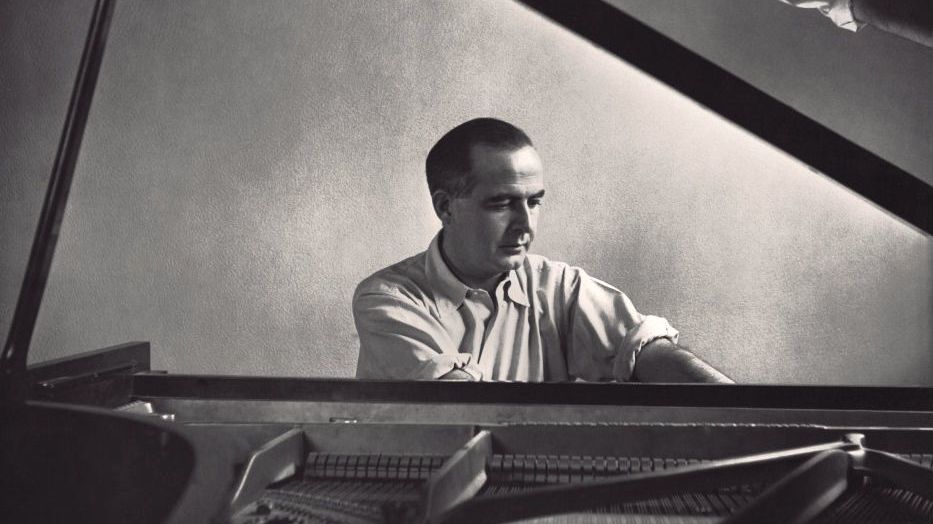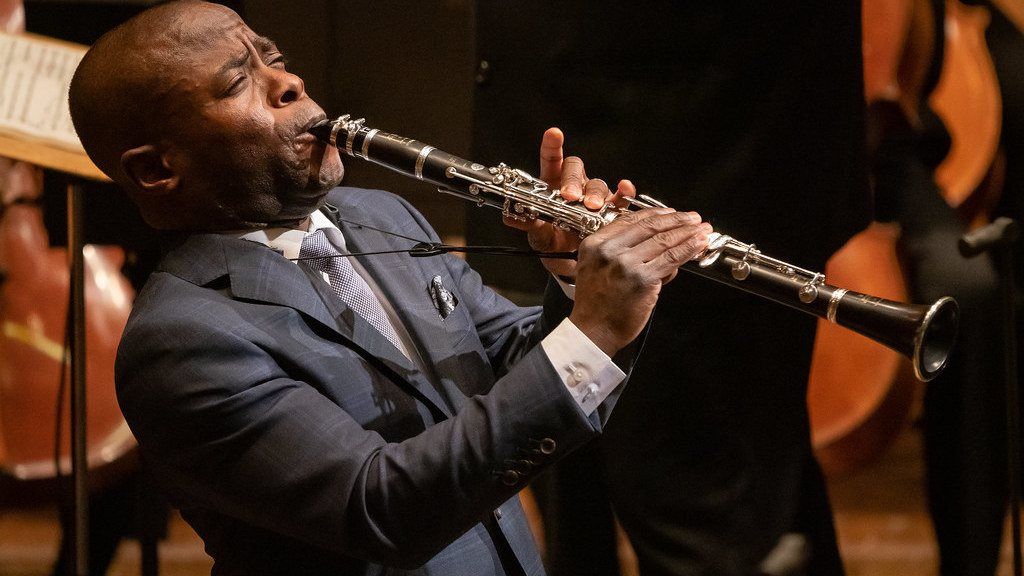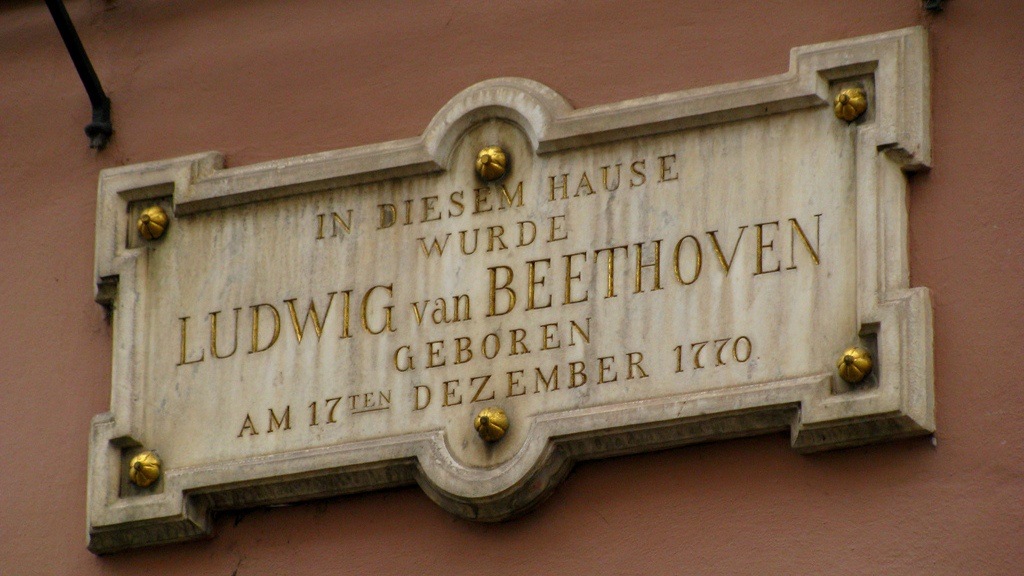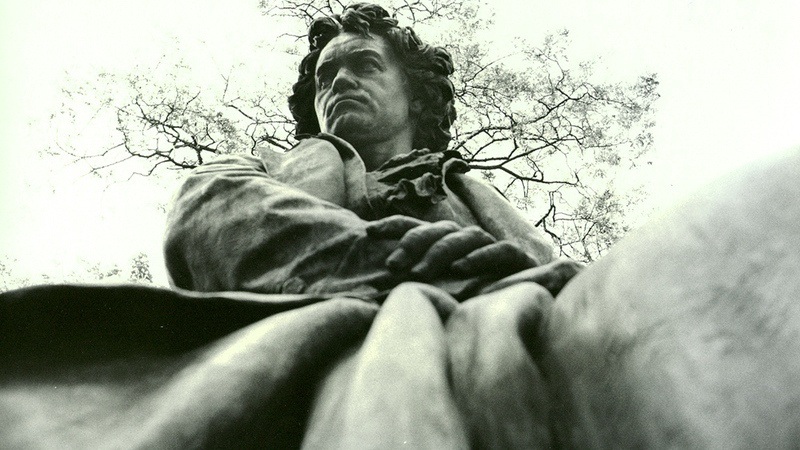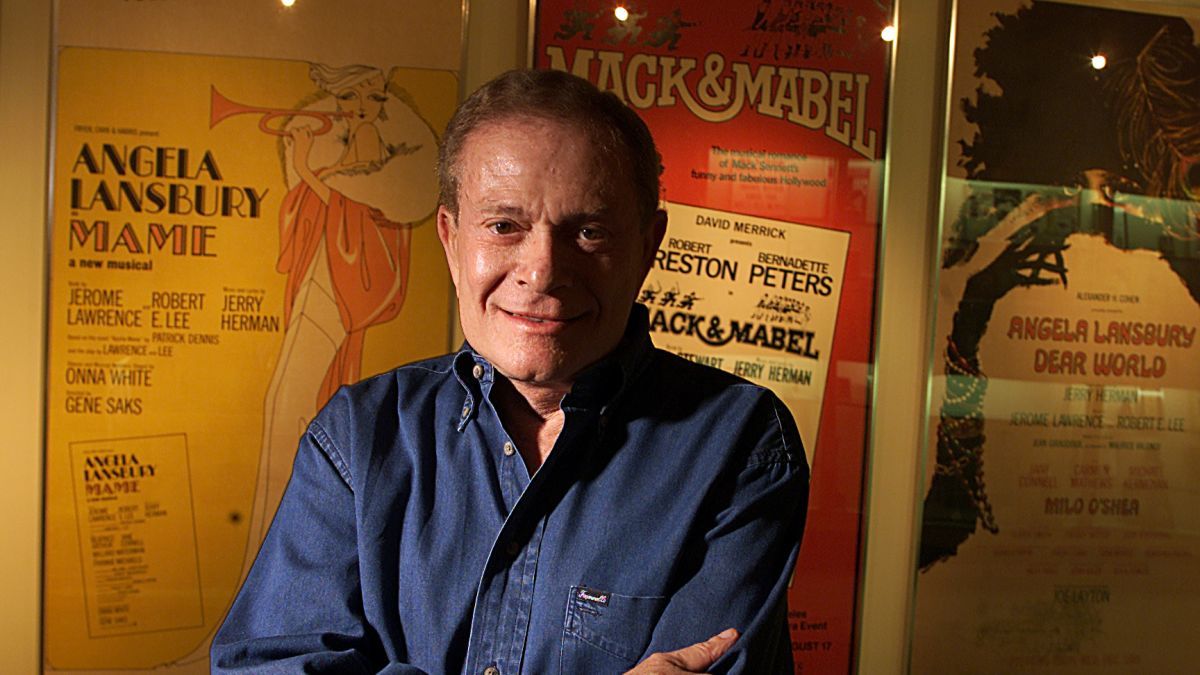Five Excerpts from Barber’s “Vanessa”
Samuel Barber’s Vanessa premiered at the Metropolitan Opera on this date in 1958. Originally set in four acts, the opera’s dark story and libretto were created by Gian Carlo Menotti. Its atmosphere may have been inspired by Seven Gothic Tales, a collection of short stories by the Danish author Karen Blixen (who wrote under the pen name, Isak Dinesen). Here is a summery of the synopsis: Vanessa, a grand middle-aged lady, has been living in isolation …

